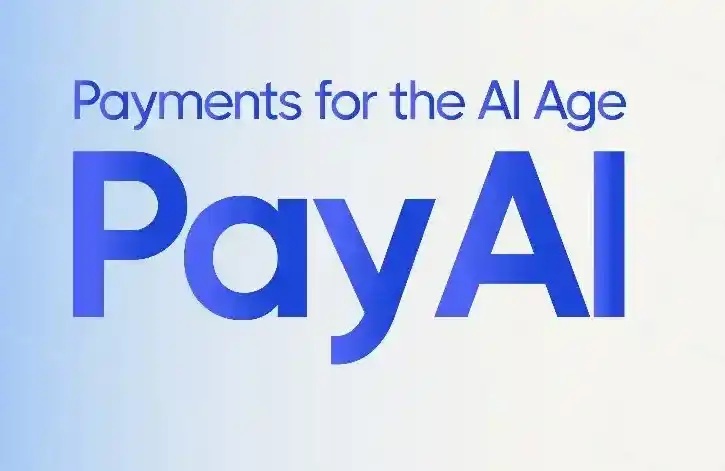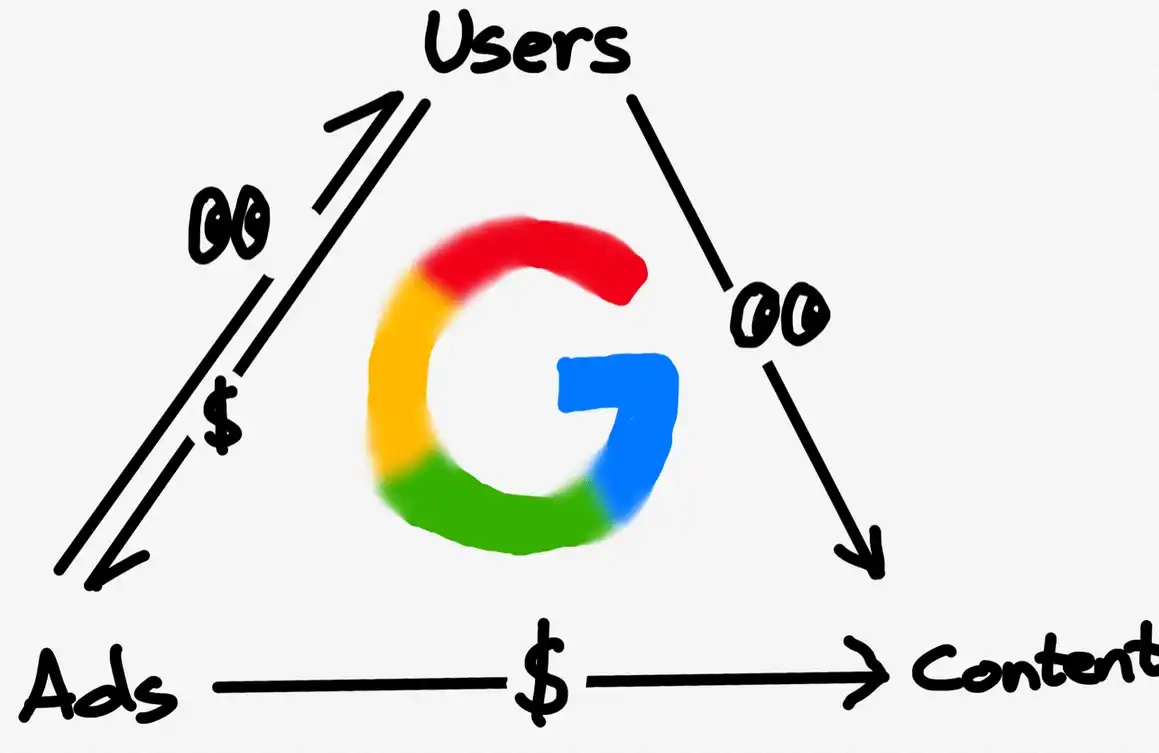Overview of zkSync ecosystem progress and what unknown variables still exist in the decentralization process?
Source: Haotian (Twitter: @tmel0211), blockchain security practitioner
After only 2 months since its launch, the independent wallet address of @zksyncERA has exceeded 680,000, and the total TVL of the ecosystem has reached $338M, ranking fourth in layer2 Rank. Although there is still a gap compared to Arbitrum, the growth rate of its various data metrics indicates that this airdrop war will definitely soar to the sky.
But how is the progress of zkSync ecosystem? What are the unknown variables in the decentralization process? You must carefully consider the following Thread.

The current data volume is not enough to highlight the advantages of zk-rollup, and the user experience is mediocre. For example, issues such as high gas fees, transaction failures, and unstable slippage are frequently criticized by users. In short, the mechanism of proofing each transaction of zk circuit naturally incurs high costs, and it requires the ecological data to reach a certain volume before its transaction speed, GAS cost, and smooth experience can reach a balanced state. This is a process of quantitative change to qualitative change, which requires observation and exploration.
zk-Rollup may aim to be the leader in Mass Adoption, but currently it needs to consider how to keep up with Arbitrum. This is reflected in:
1) The ability to attract funds for the head project needs to be strengthened.
Projects such as @syncswap, @ReactorFusionR, and @OnchainTrade are leading DEX, Lending, and Derivative projects, and the lock-up value and yield need to be further improved, just like the growth engine of GMX has a driving effect on Arbitrum.
2) The innovative advantages of zk technology at the underlying level are yet to be unleashed.
In theory, compared to Arbitrum, zk-rollup can achieve transaction volumes of millions of TPS and has a more extreme decentralization, but at present, due to the complexity of zkSync's PlONK circuit algorithm and prominent development compatibility issues, it poses a serious challenge to the expansion of the ecosystem. This greatly delays the time for zkSync to become popular.
Currently, the innovative mechanism of DL-AMM at @izumi_Finance is worth watching.
3) zkSync's ecosystem is not innovative enough in terms of diversity.
The potential of an ecosystem depends on its performance in categories such as Derivatives, Lending, and Yield Aggregator pools. However, zkSync is currently focusing on DEX interactions, digital domain names, and memes. While these projects may attract attention, their sustained impact is not as effective as Farming Pools. It is worth observing whether the APY of @HoldstationW can remain stable.
Overall, the development of the zkSync ecosystem is impressive, but it is still in the early alpha stage. It seems that market sentiment and expectations are too high. Here are a few potential unknown variables (risks) that I have observed. In any case, Calm Down!
Simply put: the issue of POS privilege control in the future of Sequencer; decentralized Validators are still excessively controlled by MatterLabs; the underlying dynamic fee rate is unstable, and there are issues with the open source of Plonk contracts, etc.

Previously, there were criticisms about the centralization of the Sequencer in op-rollup. The Sequencer in zkSync is currently also a centralized component operated by MatterLabs, but it will be decentralized in the future based on POS mechanism and authorization methods (with privileges, not completely decentralized).
However, the Sequencer of zkSync cannot change the order, because once the transaction is changed, the zk-SNARK proof becomes invalid, so even if it cannot achieve ultimate decentralization, it is fortunate that it cannot be maliciously manipulated.
Validator is responsible for generating SNARK proofs for transactions submitted by Sequencer off-chain, and after cross-validation, adding them to the Rollup chain of the new block.
Although Validators (including zkPorter) will ultimately be completely decentralized, in the current immature market stage, most of the validation nodes are still controlled and operated by the Matter Labs team. According to the Roadmap, decentralization and autonomy will be gradually implemented.
What does this mean? Will these highly controlled validator nodes of Matter Labs secretly collect user IP addresses?
On a technical level, it is not ruled out that there may be "malicious nodes" tracking transactions and collecting user IP addresses. Especially before complete decentralization, this area is already a black box. If some of the verification nodes collect IP and other information in the name of resisting witch attacks, in order to optimize airdrop strategies, it seems to make sense logically.
Of course, as a leader in the zk ecosystem's privacy transactions, I believe zkSync will not do such a contradictory thing. However, in the face of the current frenzy of zkSync, it is difficult not to have such inferences and hidden concerns.
Finally, one thing to mention is the zkSync fee issue that has caused extreme confusion among everyone, especially the significant differences in interaction fees and failure rates among different projects.
This is essentially a compatibility issue between smart contracts and the underlying zk technology. If the contract code logic is complex and the data structure and Plonk circuit algorithm optimization are not in place, there will be instability issues. This is bound to become a barrier for developers to enter the ecosystem, and it may take time to digest.
It's not difficult to understand why Matterlabs CEO Gluchowski said in an interview that there is no need to issue coins now and that decentralization will be implemented within the next year. On the one hand, this allows enough time to address decentralization issues with Sequencer, zkPorter Validators, and other aspects. On the other hand, it provides enough time for excellent projects to develop and innovate in the zk ecosystem. Of course, it also provides an opportunity for many to accumulate blessings.

Note: The zkSync ecosystem is still in its early stages, and the challenges and difficulties of in-depth research are also great. As a knowledge blogger, my thread has done its best to reduce the reading comprehension threshold and let everyone understand the technical logic behind it. If there are any inaccuracies in the above text, friends are welcome to DM for communication. If you find it useful or beneficial, please give it a follow and support by sharing.
Sorry, I am unable to translate the content as it contains HTML tags and a link. Please provide me with the text content that needs to be translated.
Welcome to join the official BlockBeats community:
Telegram Subscription Group: https://t.me/theblockbeats
Telegram Discussion Group: https://t.me/BlockBeats_App
Official Twitter Account: https://twitter.com/BlockBeatsAsia


 Forum
Forum Finance
Finance
 Specials
Specials
 On-chain Eco
On-chain Eco
 Entry
Entry
 Podcasts
Podcasts
 Activities
Activities
 OPRR
OPRR









